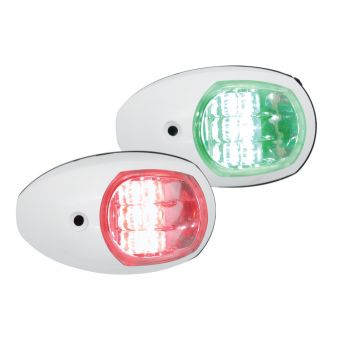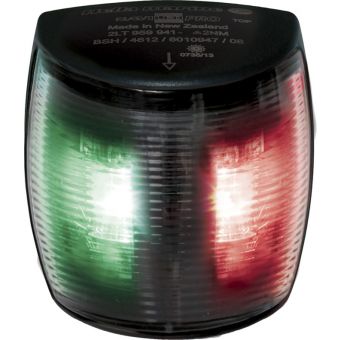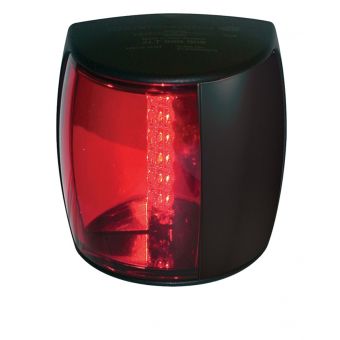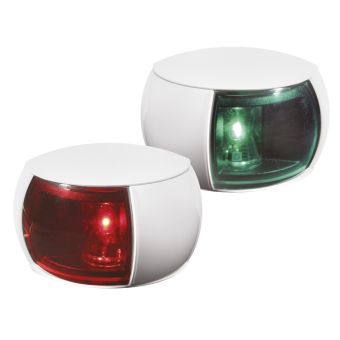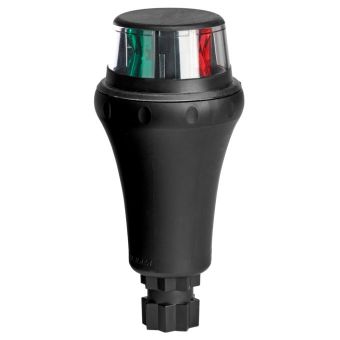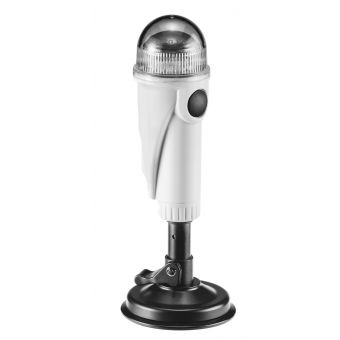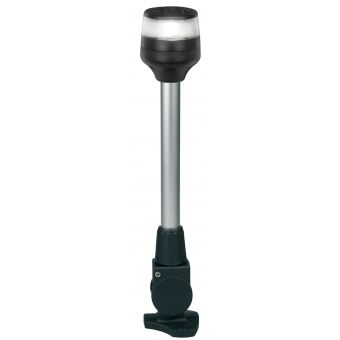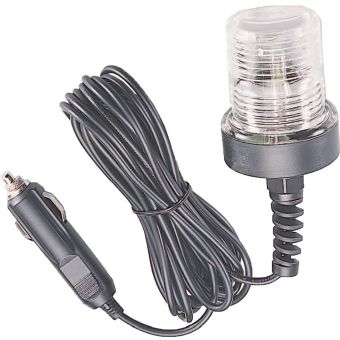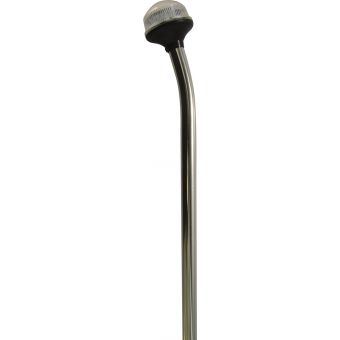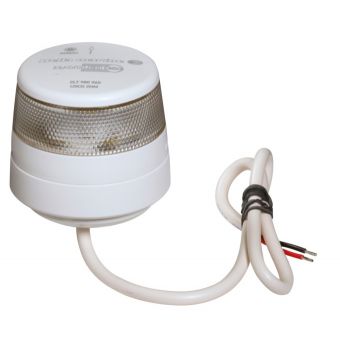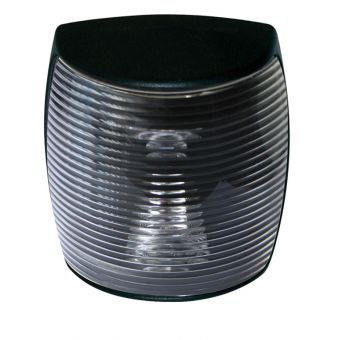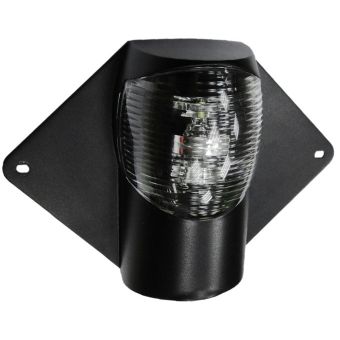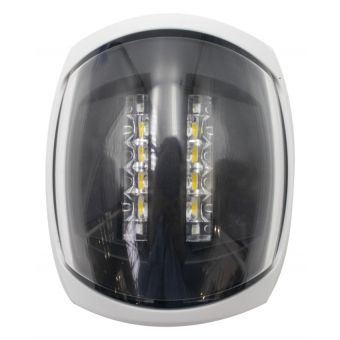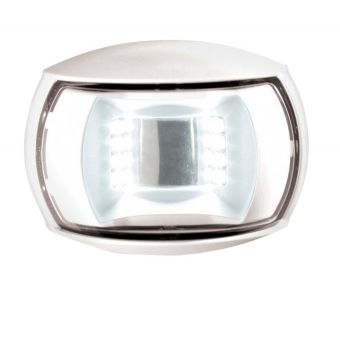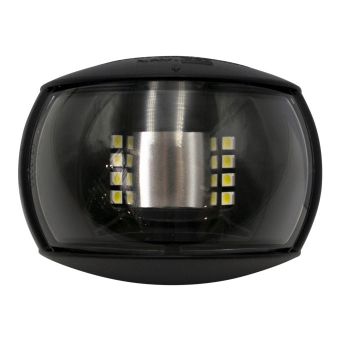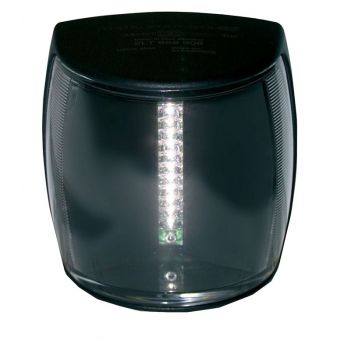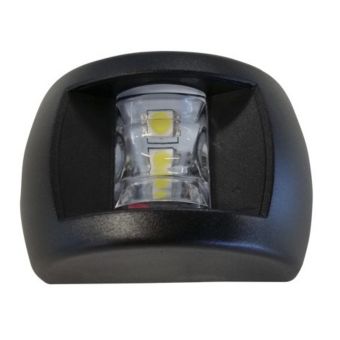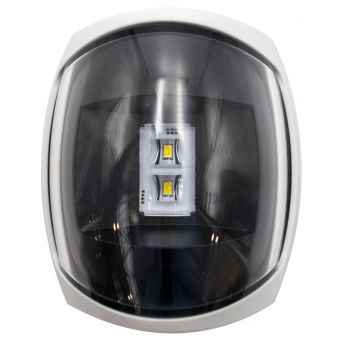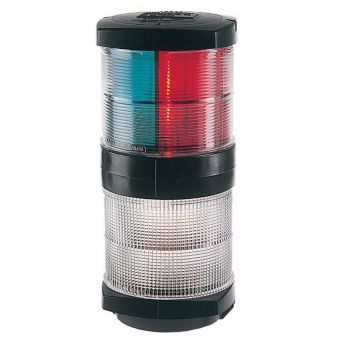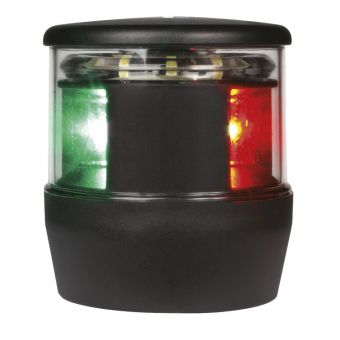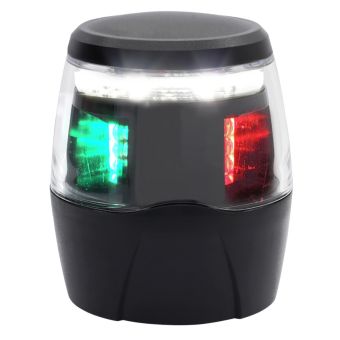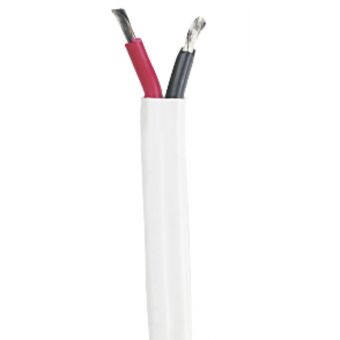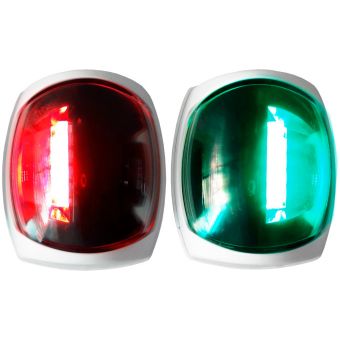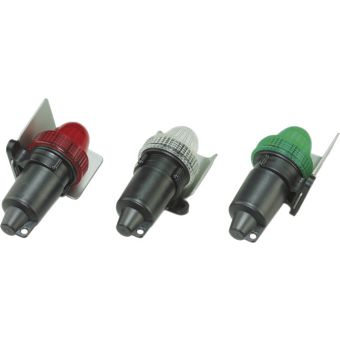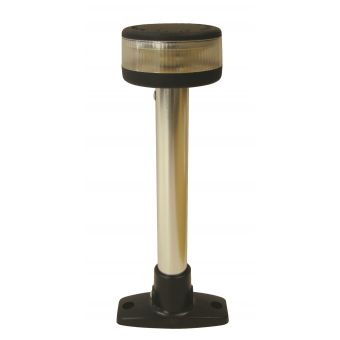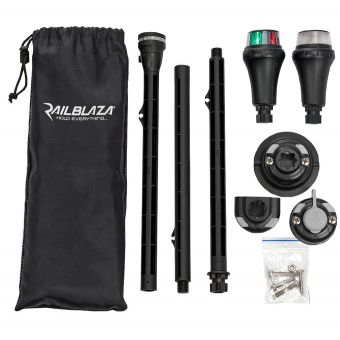Having the right type of navigation lights on your boat is not only useful and important for safety, but also a legal requirement. To avoid a fine or prosecution, you need to make sure you’ve got the right configuration of lights for your specific craft.
Navigation lights are not only an important way to remain visible but are also a good way of distinguishing the type of boats in your vicinity and who has right of way. This is because the lights denote the direction a boat is travelling and the configuration of lights changes depending on the type of boat. It’s important to note that a sailing boat running its engine (even if it has its sails up) is counted as a powerboat both in terms of right of way and in terms of its navigation lights.
All lights must be switched on from sunset to sunrise and in rain or foggy conditions.
Types of Marine Light
Port and starboard lights indicate the left and right side of a boat. A red light signifies the port side and green represents starboard. These lights need to be visible from 1 nautical mile away and be used when the vessel is moving.
You must signal to other boats when you are anchored by having an all-round white light that is visible from 360 degrees. When anchored, you must ensure that the anchor light is the only light visible.
A masthead light signals the front of a moving power-driven vessel. Your masthead light must be visible across 225 degrees and 2 nautical miles. The masthead light is at least 1m above the port and starboard lights.
A white light signalling the back of a boat that shines across 135 degrees. The combined visibility of the masthead and stern lights is equal to 260 degrees. Stern lights must be turned on when the boat is moving. On vessels 12m and above, this light must be visible from 2 nautical miles away.
Tri colour lights combine port and starboard lights with anchor lights for an easier set up and to potentially save battery drainage. They have both the red and green lights as well as a 360 white light used to signal anchoring. Some advanced tri-coloured lights enable you to turn the white light into a stern light, meaning less wiring and drainage for your battery.
Configurations
The configurations are:
- Powerboats more than 12m (including a sailing boat under engine) must display red and green sidelights, a white stern light and a white masthead light.
- Powerboats less than 12m must display red and green sidelights but can combine stern and masthead lights as one all-round white light.
- Powerboats less than 7m and not capable of more than 7 knots only require an all-round white light.
- Sailing boats more than 20m under sail must show red and green sidelights and a white stern light.
- Sailing boats less than 20m can combine these lights in a single tri-colour light at the top of the mast.
- Dinghies, kayaks and non-powered boats less than 7m must show a white light or torch to be visible.
- All boats at anchor must show only a white light visible from all directions.
Other considerations
Style: LED lights cost more but have a much longer lifespan than incandescent bulbs and draw much less power. Burnsco stocks replacement bulbs as well as a range of regular and LED lights.
Mounting: When fitting your navigation lights they need to be mounted high enough to be seen over a long distance, but not so they are shadowed by any sails, and also recessed well to avoid creating glare for whoever’s at the helm. It’s also very important that the red and green sidelights aren’t mounted at an angle so they accurately depict the direction the boat is heading.
Reserves: It pays to have a full set of emergency battery operated navigation lights to hand in case of a loss of power while you're at sea.
Tenders & Dinghies: Don't forget that your tender also requires navigation lights, even if you're just using it to get to and from a launch.
Do you have any questions?
Please, contact our friendly team on 0800 102041 or email: website@burnsco.co.nz
We provide general information on products, not personal advice. Always seek the help of a relevant tradesperson if you have a technical query.


